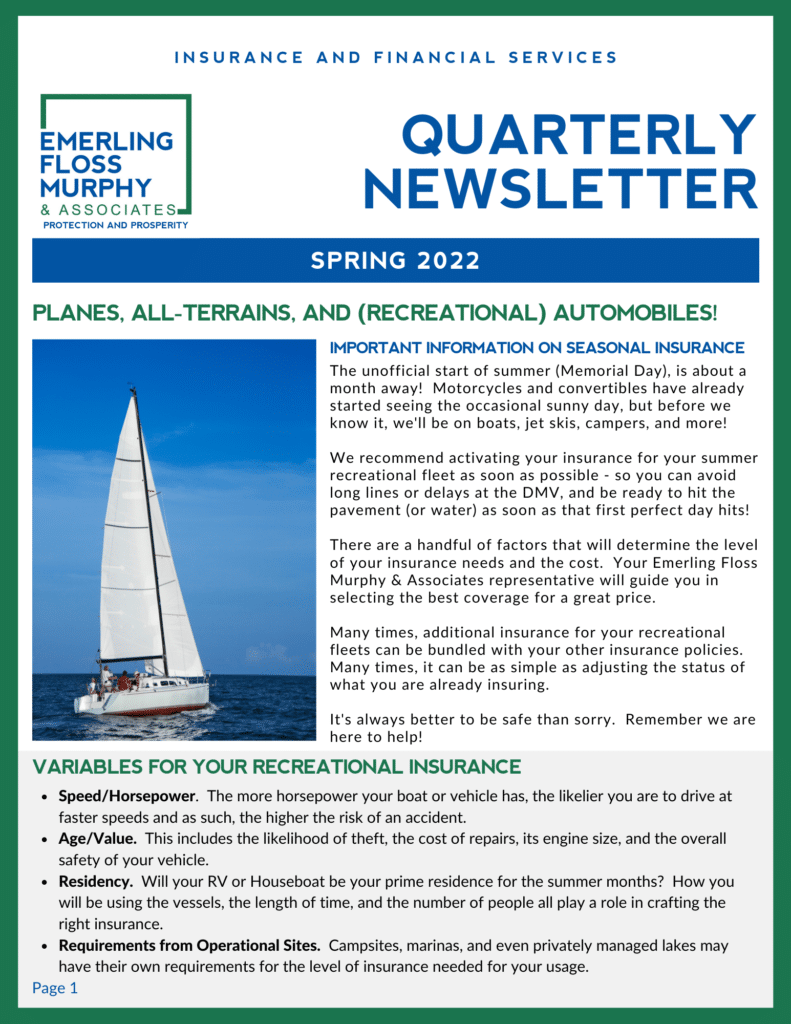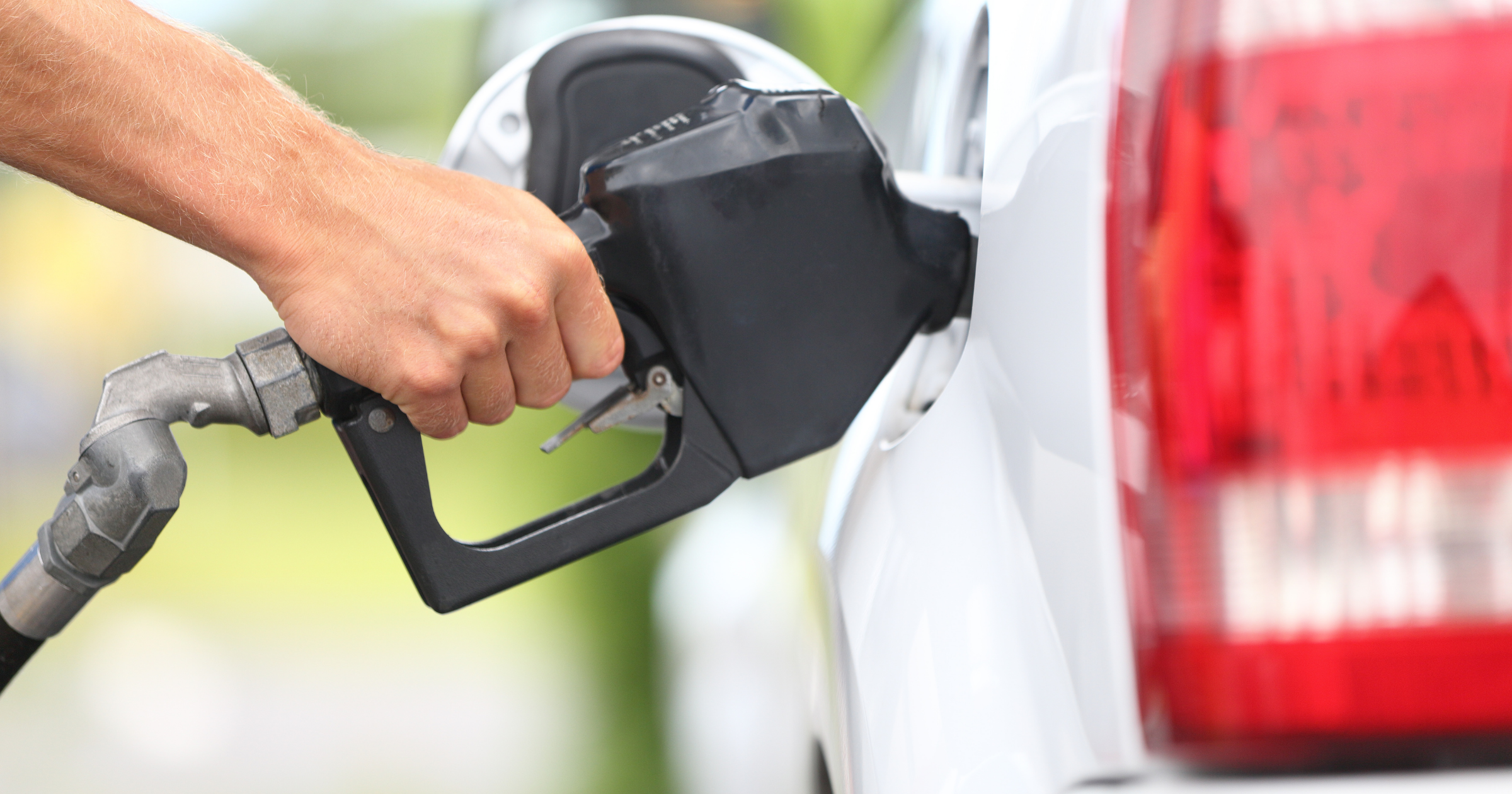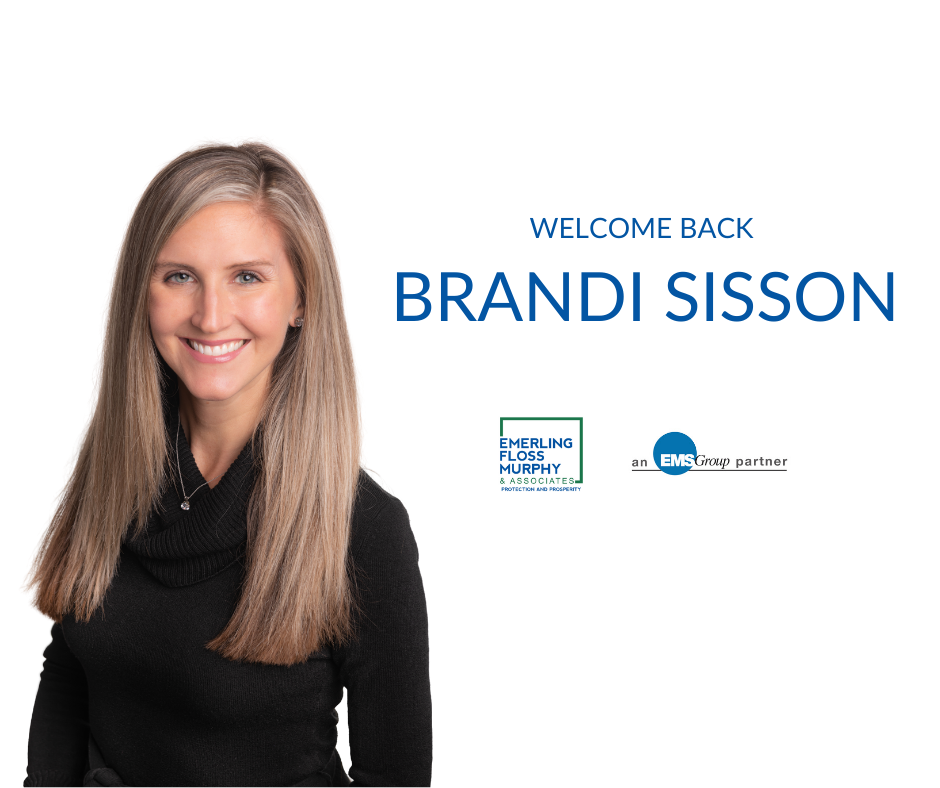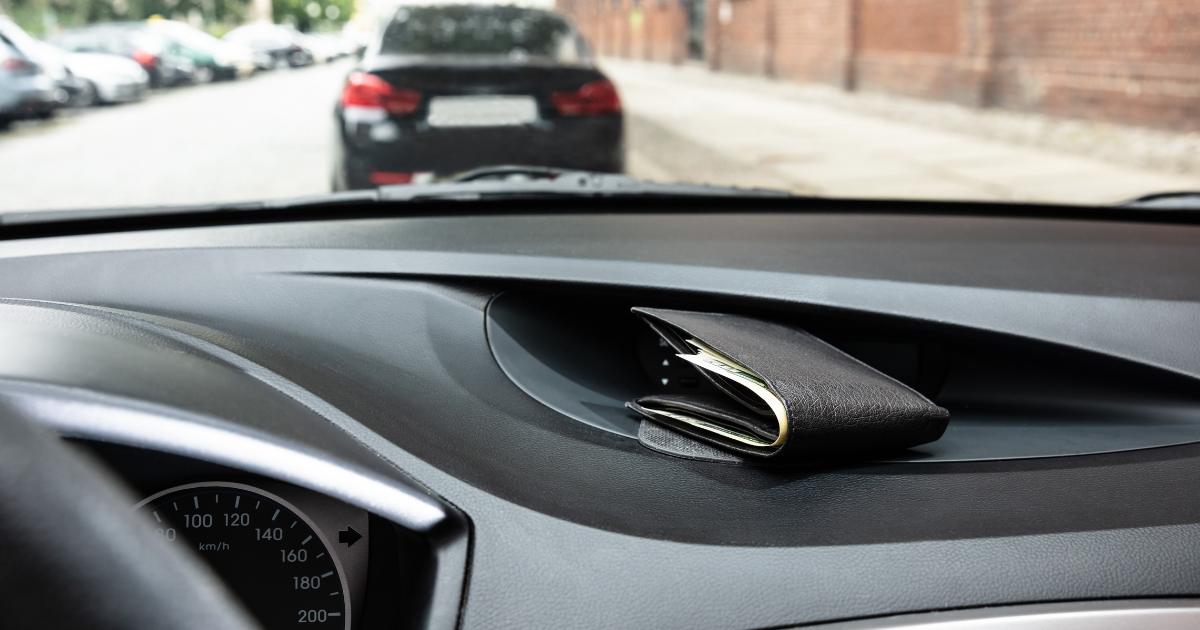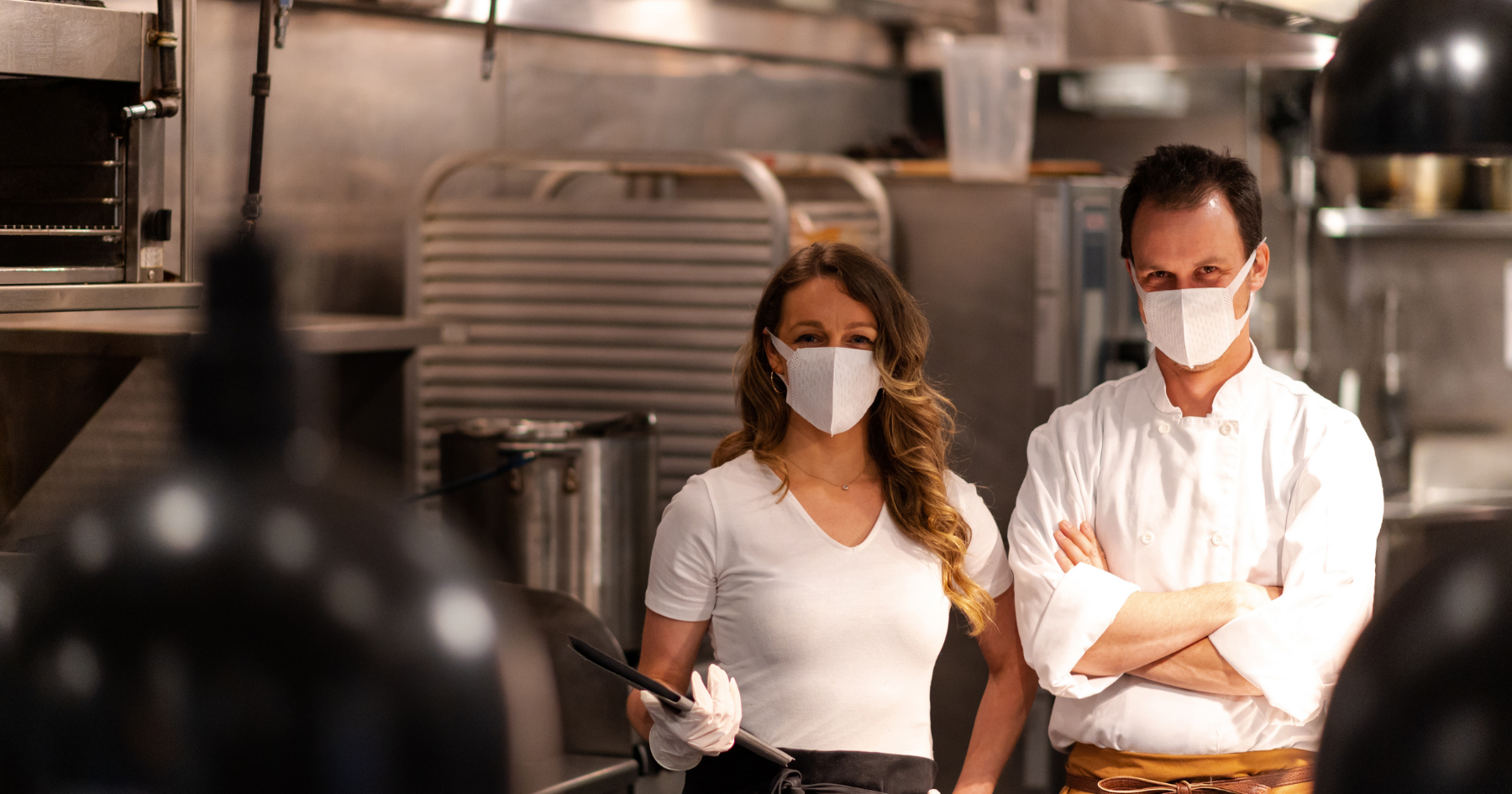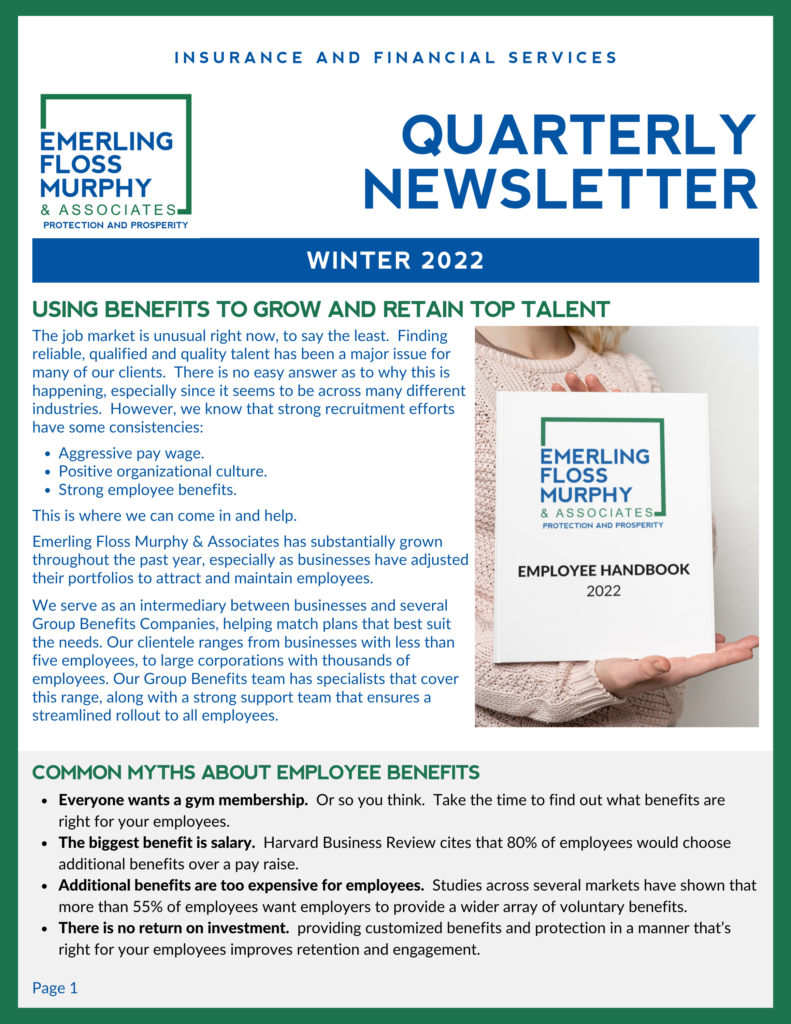You’ve put in the hard work building your business from the ground up. And it’s finally starting to pay off. The only problem: now you have more work than you can handle.
As a small business owner, growth is always a good problem to have. But it does come with its own share of challenges. If you’ve made it to this point, you have two options. The first is to let opportunities for new business pass you by, ensuring you don’t take on more than you can handle. The second option is to lighten your load – by hiring someone to help.
For many business owners, the decision to hire their first employee can be a difficult one. So here are answers to some of the most common questions about hiring your first employee.
You’ve worked hard to build and grow your business. We can help protect it.
SHOULD I HIRE AN EMPLOYEE OR CONTRACTOR?
If you need help building your business, there are two ways to hire an extra set of hands – adding an employee or signing an independent contractor. While there are pros and cons to both, it’s important to understand the difference.
- Employee: An employee is hired to work for your company on a full- or part-time basis. This means you, as the employer, have control over how, when, and where they do their job. And you’ll also have ownership of any work product that’s created on company time. However, this control comes with added responsibility. When you hire an employee, you’ll need to withhold payroll taxes and report their income using the appropriate tax form, in addition to abiding by other federal, state, and local employment laws. Then, there are additional benefit considerations – like offering vacation, sick time, a retirement plan, and health insurance. These are just some of the basic responsibilities that are tied to having employees.
- Independent contractor: A contractor (or freelancer) is a self-employed worker that is hired for a specific task. According to the Internal Revenue Service (IRS), that means the payer only has the right to direct the result of the work – not how, when, or where it’s accomplished. Contractors can also perform work for multiple clients at the same time. When hiring a contractor, you still need to report their income using the appropriate tax form. But because they’re responsible for their own taxes and benefits, you generally don’t need to withhold any payroll taxes.
Contractors can be a great option for short-term, project-based jobs. They can bring a specific skill to the table, without the long-term commitment of hiring an employee.
On the other hand, an employee will give you far more control over the work being performed – and the nature of the arrangement means they’re also likely to be more committed to your business. In the long run, this may make hiring an employee worth the extra time and financial investment, depending on the work that needs to be done.
WHEN IS THE RIGHT TIME TO HIRE AN EMPLOYEE?
Every business is unique. So, unfortunately, there’s no right answer to when it’s the best time to hire an employee. Instead, you’ll need to find the right balance for your situation.
- Too early: The biggest challenge to hiring your first employee is typically a financial one. Hire someone too early and you’ll run the risk of encountering cash-flow problems. Or if you don’t have enough work to support another team member, you could be paying someone who doesn’t have enough to keep them busy.
- Too late: However, if you start hiring too late, you may miss out on opportunities to grow your business. Or you could get in over your head and risk disappointing your current customer base.
Either scenario is less than ideal. That’s why it’s important to plan ahead.
Decide in advance when it’s a good time to bring on an employee – like when you hit a certain sales goal, or at a time when an employee can perform work that will significantly increase your revenue. If you need help before hitting that milestone, you can always hire a contractor to test the waters.
WHAT CHANGES DO I NEED TO MAKE TO MY BUSINESS BEFORE HIRING AN EMPLOYEE?
One big obstacle to hiring your first employee can be the logistics. The truth is, hiring an employee means you’ll have a lot more legal rules to follow1. If you have specific questions about your business, always talk to an experienced lawyer for legal advice.
Generally speaking, though: Before you make your first job offer, you may need to:
- File for a federal employer identification number (EIN). If you don’t have one already, this number will be used for tax documents that are submitted to the IRS.
- Register with the state. Depending on where you live, you may need a separate tax ID number for your state. You may also need to pay your state’s unemployment compensation tax, which is used to support workers if they lose their job.
- Set up your payroll. Whether you decide to manage payroll on your own or work with an outside firm, you’ll need to set up regular pay periods. Generally, employers withhold state and federal taxes based on the information completed in your employee’s W-4 form.
- Display required notices. You may be a small business. But as an employer, you’re now subject to many federal, state, and local labor laws. And depending on your industry, that may require displaying certain notices or posters for your employees to see.
- Create an employee handbook. This step may seem like overkill for your first employee. But if you don’t have any policies in place for your staff to follow, you may be left defenseless against future bad behavior.
- Prepare your onboarding process. Before making your first hire, it’s wise to think through how you’ll train your employees. Developing an onboarding process in advance can help your new hire get up to speed faster and eliminate any frustrations caused by a lack of direction.
HOW DO I FIND THE RIGHT CANDIDATE FOR THE JOB?
Your first hire will likely have a significant impact on the future of your business – good or bad. That’s why it’s critical to find the right person to fill the job. With reports of record labor shortages in the news, many businesses are finding it harder than ever to hire qualified workers. Here are some tips that may help.
- Understand hiring laws. When hiring, keep in mind that there are questions that you can’t (or shouldn’t) ask. To avoid being discriminatory in your hiring decision, steer clear of asking about topics such as a candidate’s age, religion, disability, marital status, race, or any other protected characteristic. If you have specific questions, it’s best to consult a lawyer for legal advice tailored to your business or situation.
- Write a compelling job description. When writing a job description, make sure it clearly describes the work that will be performed, as well as any qualifications you expect from applicants. Be practical. Have realistic expectations. And don’t forget to explain why it will be great working for your growing company – including any perks of the job. Then, post your listing to online job sites like Indeed, Monster.com and LinkedIn.
- Consider a benefits package. With so many job opportunities available right now, an offer with competitive pay and benefits can help attract top talent. Do your research in advance to determine what the average compensation is for similar roles in your area.
- Use your network. For businesses with fewer than 100 employees, it’s estimated that about half of all new hires are generated by referrals. So be sure to use your personal network to your advantage. Let your friends, family and professional contacts know you’re hiring and ask if they know anyone that would be a good fit. And don’t ignore the power of social media platforms like Facebook, Twitter and LinkedIn.
- Prepare for the interview. Once you’ve narrowed down the field of candidates, it’s time to conduct interviews. Be sure to prepare your questions ahead of time and make a list of the attributes you’re looking for. This will make it easier to compare applicants. Experts also recommend asking situational questions to gauge how someone may respond to real-life scenarios.
WHAT SHOULD I DO DURING THE HIRING PROCESS?
After you’ve found the perfect candidate, it’s time to make an offer and set a start date. But of course, it’s not quite that easy. Here are some steps you should take to protect your business and ensure a smooth hiring process.
- Fact-check their resume. A resume is a great starting point to learn about someone’s background and experience, but it won’t tell you everything. Consider following up with previous employers or alma maters to make sure a candidate’s skills and experience check out. Be aware that many employers have a standard practice of not providing details on a former employee; only dates of employment and/or whether or not the individual would be considered “eligible for rehire.”
- Conduct a pre-employment screening. Your first employee may have access to everything from important files to financial records. So you’ll want to make sure they can be trusted. Consider paying for a background check and drug screen to check for any signs of past criminal conduct or substance abuse. Be aware of all federal, state, and local laws that might impact background checks (including credit checks) and drug testing. Consider doing background checks and/or drug testing after a conditional offer is made.
- Write an offer letter. Next, write up the details of your job offer and submit it to your soon-to-be employee. This should include information on the position, salary and any benefits you’re offering. The offer will serve as the foundation from which any negotiations start. The offer letter is an important document. It’s a good idea to discuss it with or have it reviewed by legal counsel in advance. As mentioned above, consider having a first conditional offer letter, pending successful background checks and/or drug testing. Then follow up with a final offer letter, once the background check and/or drug testing have been successfully completed.
- Be prepared to negotiate. Applicants are likely to try and negotiate for higher pay or benefits. Be prepared in advance for any compromises you’re willing to make. And if you can’t budge on salary, consider offering other incentives like vacation time or training opportunities.
- Complete your paperwork. Congratulations! Your offer has been accepted and your new employee is ready to start. Now it’s time to get working on all the forms required by the U.S. Department of Labor. Be sure to keep copies of everything for your own records.
HOW CAN I PROTECT MY GROWING BUSINESS?
You may have started as a one-person show. But now that your business is expanding, you’ll need to make sure it’s protected.
An insurance pro can help you understand what coverage to consider when you hire new employees. Generally speaking, here are a few things to have on your radar:
- Business Insurance: Business insurance can help protect against everything from property damage to liability claims from customers and employees.
- Workers’ Compensation: Workers’ compensation laws and requirements vary by state. But generally, any business that has employees must have workers’ compensation insurance coverage. It helps cover medical care and lost wages for an employee who is hurt at work.
- Employment Practices Liability (EPL): Unfortunately, no employer is immune from a current or former employee, or even an employment candidate, filing a claim of alleged discrimination, wrongful termination, or harassment of any kind. If a claim against your business is made, you could spend valuable time and resources defending it – even if the claim is determined to be meritless.
YOU BUILT IT. LET US HELP PROTECT IT.
They say “Rome wasn’t built in a day.” And neither was your business. EFM&A appreciates all the hard work that goes into starting and running a small business. It’s why we’ve dedicated our lives to helping you protect it.








